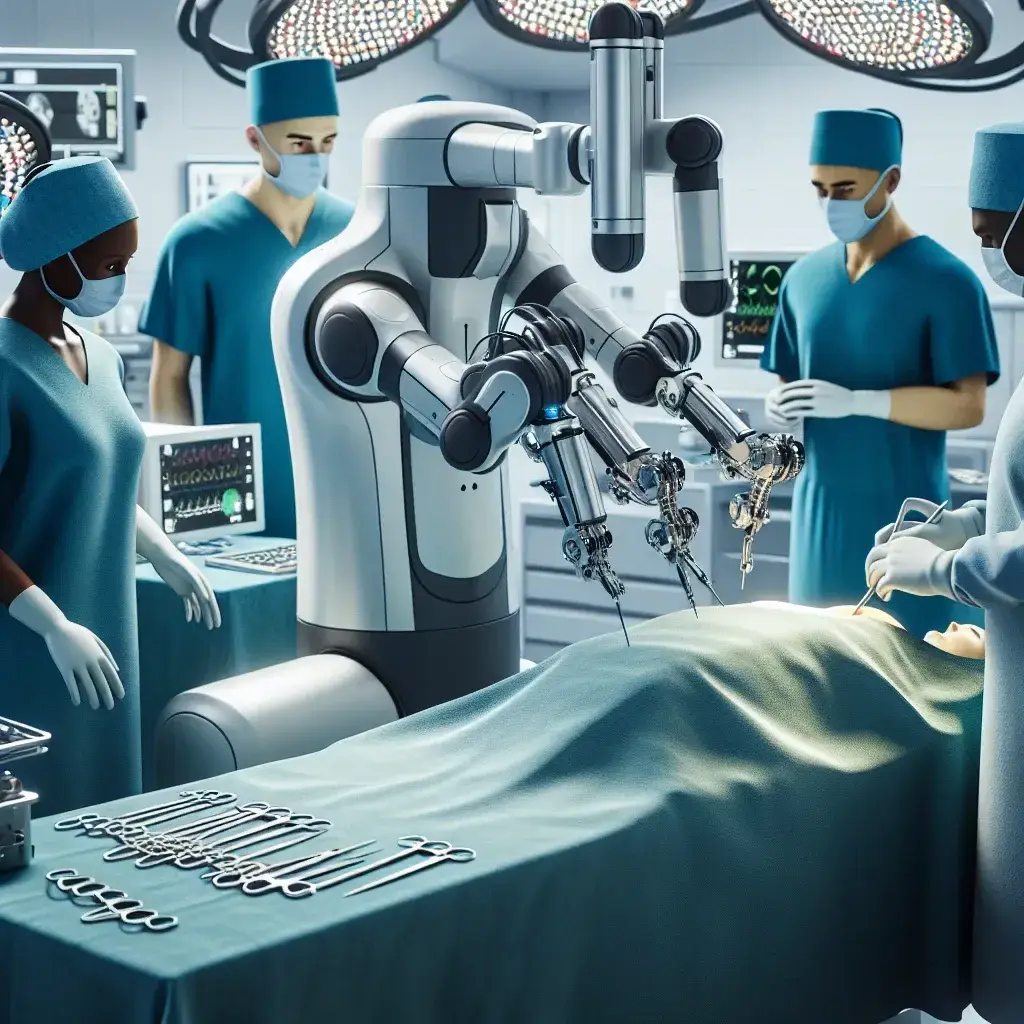Introduction
The integration of robotics in surgery is transforming the medical field, enhancing precision, safety, and patient outcomes. One of the most innovative advancements in this domain is the ability of surgical robots to react to verbal commands. This article delves into the significance of this technology, its historical context, current applications, and future implications.
The Evolution of Surgical Robotics
Robotic surgery has come a long way since its inception. The first robotic surgical system, the da Vinci Surgical System, was introduced in 2000, allowing surgeons to perform minimally invasive procedures with greater dexterity. Initially, these systems operated through joystick-like controllers, but advancements have led to the incorporation of voice recognition technologies.
Historical Context
Understanding how we arrived at robots responding to verbal commands requires a look back at the evolution of both robotics and voice recognition technology:
- 1990s: Early experiments with voice command technology began, primarily in the field of artificial intelligence.
- 2000s: The integration of voice recognition in consumer electronics paved the way for medical applications.
- 2010s: Robotic surgery systems started incorporating basic voice commands, enhancing surgeon interaction.
How Robots React to Verbal Commands
Modern surgical robots are equipped with advanced artificial intelligence (AI) and machine learning algorithms that enable them to recognize and respond to specific verbal commands. This capability allows surgeons to maintain focus on the procedure while controlling the robot’s actions. Here’s how the process generally works:
Voice Recognition Technology
At the heart of this innovation is natural language processing (NLP), which enables the robot to interpret and understand commands given in everyday language. The technology involves:
- Speech Recognition: The voice command is captured through microphones integrated into the surgical system.
- Command Processing: The system parses the command to identify the intended action.
- Execution: Upon understanding the command, the robot executes the operation seamlessly.
Real-World Applications
The application of verbal commands in surgical robots is vast, touching various fields such as:
- Orthopedic Surgery: Surgeons can instruct robots to adjust instruments or reposition tools without taking their eyes off the surgical site.
- Cardiac Surgery: In critical situations, real-time verbal commands can enhance responsiveness, reducing the time taken for urgent actions.
- General Surgery: The ability to issue commands while performing laparoscopic procedures increases efficiency and reduces fatigue.
Benefits of Verbal Command Integration
The integration of verbal commands into robotic surgery systems offers several notable advantages:
- Improved Focus: Surgeons can concentrate on the procedure rather than manipulating controls, thus enhancing precision.
- Time Efficiency: Quick verbal instructions can lead to faster decision-making, positively impacting patient outcomes.
- Reduced Physical Strain: Minimizing the need for physical interaction with robotic controls can reduce surgeon fatigue during lengthy operations.
Challenges and Considerations
Despite the advantages, the integration of voice commands in surgical robots does pose certain challenges:
- Ambient Noise: Operating rooms can be noisy, which may hinder the robot’s ability to accurately recognize commands.
- Training Requirements: Surgeons need to undergo training to effectively use voice commands, which requires time and resources.
- Technical Limitations: Current systems may struggle with understanding complex or nuanced commands.
Future Predictions for Surgical Robotics
The future of surgical robotics, particularly regarding verbal commands, is promising. Here are some predictions about where this technology is headed:
- Enhanced AI Capabilities: As AI technology advances, robots will likely become better at understanding context and responding to more complex requests.
- Increased Adoption: More medical facilities will incorporate these systems as the technology proves its effectiveness and reliability.
- Integration with Other Technologies: Expect to see robots that can work in tandem with augmented reality systems, providing surgeons with real-time feedback and visualization.
Expert Opinions
According to Dr. Sarah Thompson, a leading robotic surgeon, “The ability for robots to respond to verbal commands will reshape how we conduct surgeries. It will not only enhance precision but also improve communication and efficiency in the operating room.”
Cultural Relevance and Public Perception
The acceptance of robotic surgery is growing among the general public. As patients become more aware of the benefits of robotic assistance—such as reduced recovery times and minimal scarring—they are more likely to favor hospitals that use this innovative technology.
Conclusion
The capability of robots to react to verbal commands during surgery marks a significant leap in medical technology. As this technology evolves, it promises to enhance surgical precision, efficiency, and patient safety. The ongoing development in voice recognition and AI will likely lead to even greater innovations, making the future of robotic surgery not just exciting but also life-saving.

Deixe um comentário